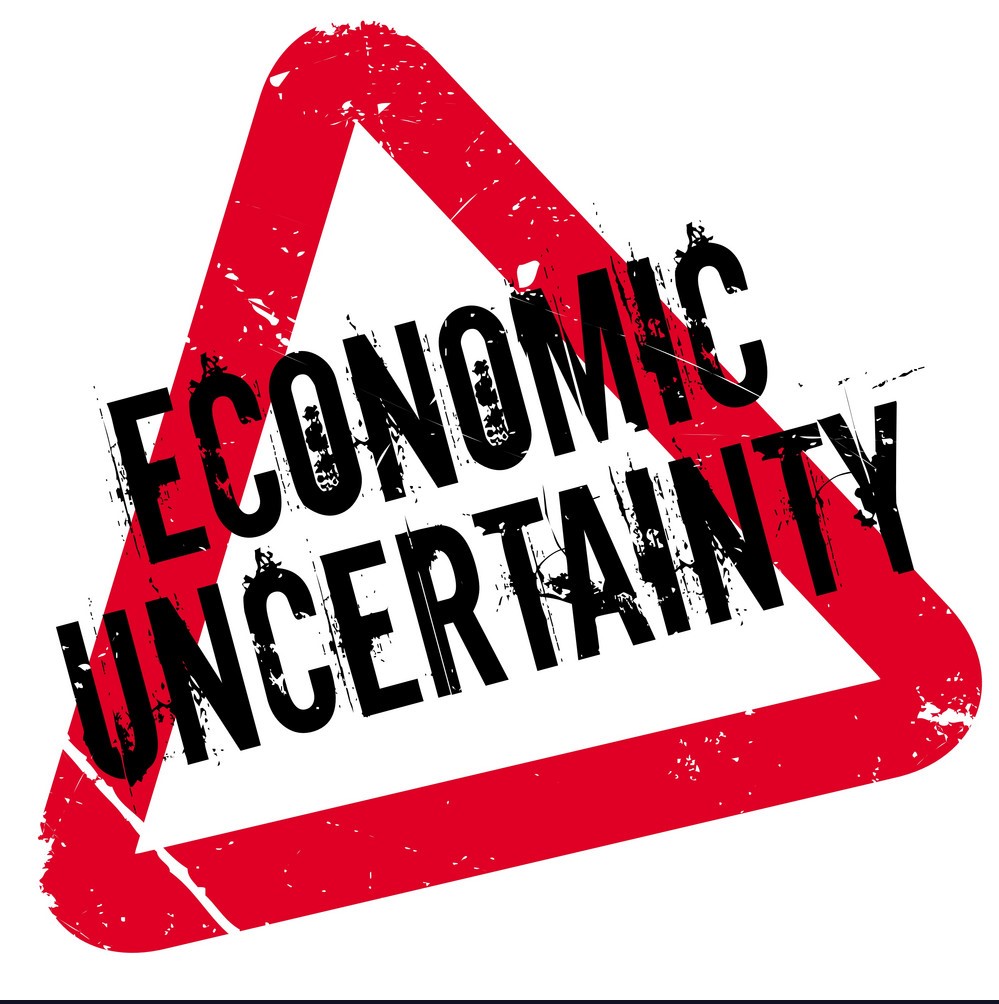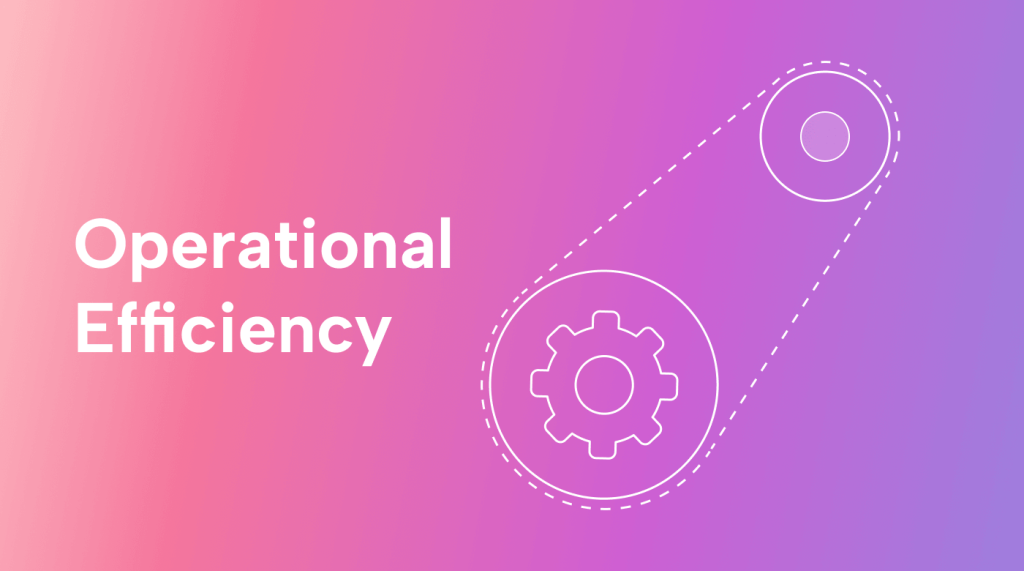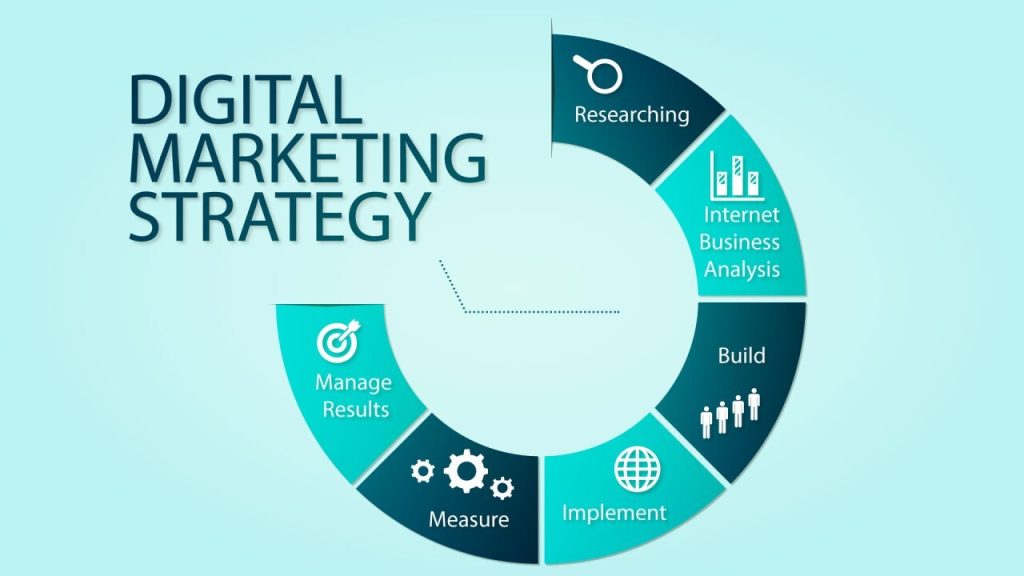
Building a Resilient E-commerce Brand During Economic Uncertainty

Economic uncertainty can present significant challenges for e-commerce brands, from shifting consumer behaviors to supply chain disruptions and increased competition. However, with the right strategies, businesses can not only survive but thrive in uncertain times. In this article, we explore actionable steps to build a resilient e-commerce brand that adapts and grows even in challenging economic climates.
1. Strengthening Your Brand Identity
A strong brand identity is the foundation of resilience. Consumers are more likely to trust and support brands that communicate a clear mission and values. Focus on refining your brand messaging to reflect authenticity and relevance to your audience. Leverage storytelling to connect emotionally with customers, showcasing your journey, values, and the impact of your products.
Additionally, maintaining consistent branding across all touchpoints, including your website, social media, and email marketing, is crucial. Learn more about creating a compelling brand story on Shopify.
2. Diversifying Sales Channels
Relying on a single platform can put your business at risk during economic downturns. Expanding your sales channels can help mitigate these risks and tap into new customer bases. Consider selling on marketplaces like Amazon and Walmart to reach a broader audience while maintaining a direct-to-consumer presence through your website.
Social commerce is another avenue worth exploring, with platforms like Instagram and TikTok offering powerful tools to engage with customers and drive sales. Diversification not only helps in increasing revenue streams but also provides valuable data insights from multiple sources.

3. Optimizing Operational Efficiency
Efficiency is key to surviving economic fluctuations. Conduct a thorough audit of your operations to identify areas where costs can be reduced without compromising quality. Implementing automation tools for inventory management, order processing, and customer support can significantly improve efficiency.
Partnering with reliable suppliers and utilizing fulfillment services such as Fulfillment by Amazon (FBA) can streamline logistics, allowing you to focus on core business activities while ensuring fast and reliable delivery for your customers.
4. Focusing on Customer Retention
Acquiring new customers can be costly, especially during economic downturns. Instead, prioritize customer retention by offering exceptional experiences that build loyalty. Personalization, loyalty programs, and proactive customer service can help in keeping customers engaged and satisfied.
Email marketing remains a powerful tool for retention, with personalized offers, educational content, and product recommendations helping to strengthen relationships. Find tips on email marketing strategies from Klaviyo.
5. Adapting Your Product Offerings
Consumer preferences often shift during economic uncertainty. Stay ahead by analyzing market trends and customer feedback to adjust your product offerings accordingly. Introducing budget-friendly options, bundles, or subscription models can appeal to cost-conscious shoppers while maintaining profitability.
Investing in data analytics tools can provide insights into which products are performing well and which may need adjustments or discontinuation. Staying agile with your product strategy ensures continued relevance in a changing market.

6. Leveraging Digital Marketing Strategies
With more consumers shopping online, an effective digital marketing strategy is crucial for visibility. Optimize your website for search engines by incorporating SEO best practices, including relevant keywords, high-quality content, and fast load times.
Running targeted paid advertising campaigns on platforms like Google and Facebook can help reach the right audience while maximizing return on investment. Learn more about paid advertising strategies from Google Ads.
7. Monitoring Financial Health
Maintaining a healthy cash flow is essential to weather economic uncertainties. Regularly reviewing financial statements, setting aside emergency funds, and negotiating better terms with suppliers can help sustain operations during challenging times.
Consider seeking advice from financial experts or using financial management tools like QuickBooks to gain better control over your cash flow and budgeting.
8. Staying Agile and Adaptive
Finally, staying resilient means being willing to adapt. Monitor market conditions, customer behaviors, and competitor strategies to make data-driven decisions quickly. Being flexible with your approach and staying open to new opportunities will help you navigate economic uncertainty successfully.

Conclusion
Building a resilient e-commerce brand during economic uncertainty requires a combination of strategic planning, operational efficiency, and customer-centric approaches. By focusing on your brand identity, diversifying sales channels, optimizing operations, and staying agile, your business can not only endure but emerge stronger from economic challenges. Implement these strategies today to future-proof your e-commerce brand.














